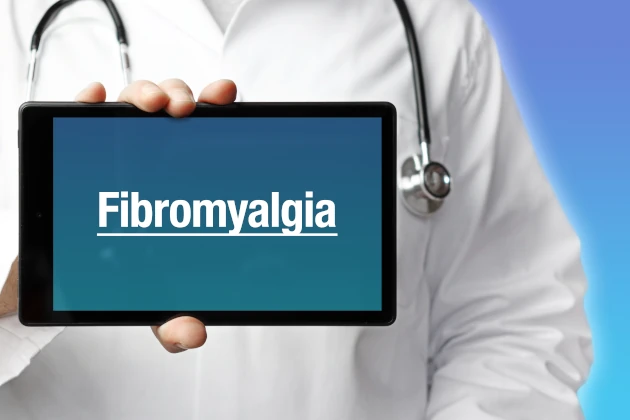
Fibromyalgia Explained: Key Symptoms, Triggers, and Natural Pain Relief Tips
- Dr. Prachi Saini (MPT)
Connect with our expert physiotherapist for personalized physiotherapy advice.
Fibromyalgia is a chronic condition that causes widespread pain, fatigue, and tenderness in the muscles and soft tissues. It affects millions of people worldwide, yet it remains misunderstood and often misdiagnosed. Understanding its symptoms, triggers, and effective pain relief strategies—especially through physiotherapy—can help manage symptoms and improve quality of life.
Common Symptoms of Fibromyalgia
- Widespread muscle pain and tenderness
- Fatigue and sleep disturbances
- Cognitive issues (fibro fog) affecting memory and concentration
- Morning stiffness
- Headaches or migraines
- Increased sensitivity to pain, light, or noise
Causes and Triggers of Fibromyalgia
- Genetics: A family history of fibromyalgia may increase the risk.
- Stress and trauma: Physical or emotional trauma can trigger symptoms.
- Sleep disturbances: Poor sleep quality is linked to heightened pain sensitivity.
- Hormonal imbalances: Low serotonin and dopamine levels may play a role.
Best Physiotherapy Exercises for Fibromyalgia Relief
- Gentle Stretching: Improves flexibility and reduces muscle stiffness.
- Neck Stretch – Tilt head to one side, hold for 10 seconds, and switch sides.
- Shoulder Rolls – Roll shoulders forward and backward to ease tension.
- Lower Back Stretch – Lie on back, bring knees to chest, and hold for 20 seconds.
- Low-Impact Aerobic Exercises: Boosts circulation and reduces fatigue.
- Walking – A 10-15 minute daily walk improves endurance.
- Swimming – Water-based exercises reduce joint strain while improving strength.
- Cycling – A stationary bike is a great low-impact option.
- Strength Training: Builds muscle to reduce pain sensitivity.
- Leg Raises – Strengthens thigh and hip muscles.
- Seated Marching – Improves lower body strength and balance.
- Wall Push-Ups – Builds upper body strength without joint strain.
- Mind-Body Exercises: Helps manage stress and improve pain tolerance.
- Yoga – Improves flexibility and relieves tension.
- Tai Chi – Slow, meditative movements enhance body awareness.
- Deep Breathing – Reduces stress and improves relaxation.
Additional Natural Pain Relief Tips
- Apply heat therapy – Warm baths or heating pads soothe sore muscles.
- Improve sleep hygiene – Maintain a consistent sleep schedule.
- Practice stress management – Meditation, journaling, and deep breathing help.
- Eat an anti-inflammatory diet – Leafy greens, nuts, and fatty fish may reduce symptoms.
- Stay hydrated – Drinking enough water prevents dehydration-related muscle cramps.
When to See a Physiotherapist
If fibromyalgia symptoms interfere with daily activities, consulting a physiotherapist can help develop a personalized treatment plan. Physiotherapy-based strategies like targeted exercises, manual therapy, and lifestyle modifications can significantly improve quality of life.
Connect with our expert physiotherapist for personalized physiotherapy advice.



